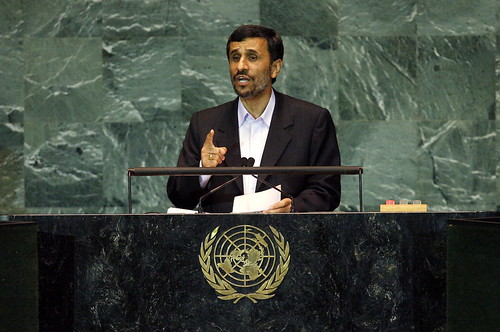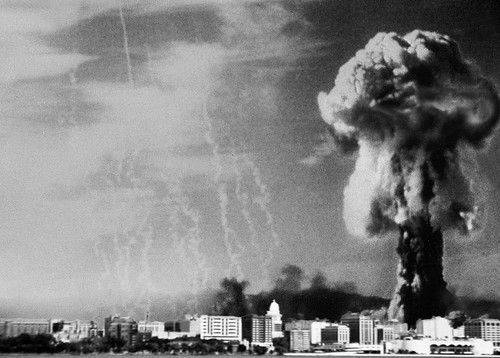
Despite eight months of negotiations with the E3+3, Iran remains committed to its highly-controversial nuclear program. Talks over the past year followed a similar pattern to previous discussions, with the E3+3 failing in its attempts to establish the true nature of Tehran’s ambitions. Negotiations were also conducted against the backdrop of growing political unrest across the Middle East and the prospect of an Israeli attack on Iranian nuclear facilities. Yet despite continued frustration and the growing threat of conflict, 2013 might turn out to be the year in which negotiations take a turn for the better.
In terms of improving dialogue with the International Atomic Energy Agency (IAEA), Iran appears determined to pick up where it left off in December 2012. Despite failing to agree upon a framework for the future inspection of Iranian nuclear facilities, both sides will resume talks on February 12th. Back in August, the IAEA also reported that Iran’s stockpile of 20% enriched uranium had remained unchanged since May, when Tehran converted supplies for medical purposes.
Another source of inspiration may come from the re-election of Barack Obama. In remarks made shortly after his victory, the U.S. President reiterated the importance of negotiating with Iran. Along with promises to push for the resumption of direct dialogue with Tehran, Obama also openly suggested that Iran might be able to maintain a low-scale nuclear program on condition that it provides credible evidence that it is being used for peaceful purposes.



